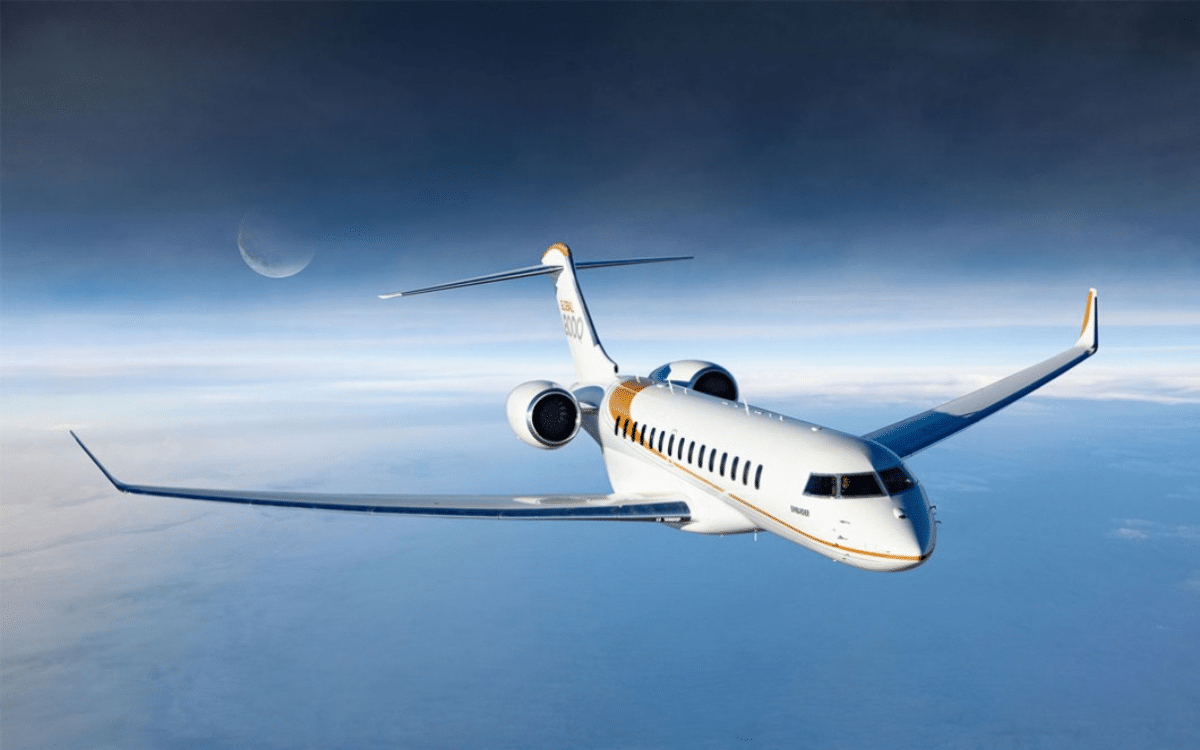Aircraft are complex structures comprised of many vital subassemblies performing various critical tasks ensuring safe flight. For any plane, be it a small aircraft or a large commercial airliner, all the components of the plane whether it is the mechanical half such as the engine, the undercarriage or the wings, or the electronic half such as the avionics are all importance for the plane. The following article gives an insight of the different parts of an aircraft, their uses and their significance in air transport.
Table of Contents
Major Components of an Aircraft
1. Airframe:
Airframe can professionally be defined as a physical structure through which an aircraft is created by giving it the needed support and contour for flying. It consists of the body also known as the fuselage, the wings, and the tail. The airframe must be very rigid to support flight but lightweight since it must be flown.
Fuselage: The central body through which the cockpit, the passenger cabin or/and the cargo hold runs along. It offers the support required in form and shape for an airplane.
Wings: The wings produce thrust through the creation of lift allowing the plane to fly. These have flaps and ailerons to enable it control for lift and roll.
Tail: While horizontal tail also known as elevator and the vertical tail or rudder, plays an important role in maintaining the aerial balance and control.
2. Engines:
Aircraft engines are the components of an air craft that have the responsibility of pulling the aircraft through the air. They change fuel into thrust and this is vital in obtaining and sustaining flight. There are two main types of engines used in aircraft:
Jet Engines: The major classifications in modern, commercial and military aircraft engine designs are the turbo jets, turbo fans, and turboprops. Based on it they work on the principle of jet propulsion which results in generation of thrust.
Piston Engines: Generally installed in light touring aircrafts, piston engines are analog to car engines in which pistons are used to transform fuel into mechanical energy.
3. Landing Gear:
Landing gear acts for an aircraft during landing and taking off and during its activity on the ground. It includes:
Wheels: Support and enable the aircrafts movement on the ground on the ramp or taxiway.
Struts: It must help in absorbing the shock that may occur when the equipment is landing on the ground.
Brakes: Mange gradient to allow gradual decrease in speed and come to a complete stop.
4. Avionics:
Avionics are the electrical and electronic equipment employed for communication, navigation, and for monitoring the machine. Key avionics components include:
Flight Management System (FMS): Controls the airport movement and the route of the aircraft.
Radar Systems: Perceives weather conditions as well as the presence of other flying objects and the terrains of the regions it is over.
Communication Radios: Establish the link the aircraft and the air traffic control (ATC).
5. Control Surfaces:
Elevator and ailerons are some of the control surfaces or control flap, which make up the wings and the tail of an aircraft that helps to control the movement of the aircraft. They include:
Ailerons: Situated on the rear part of the wings, ailerons are used for the purpose of roll and banking.
Elevators: Dependent on the horizontal stabilizer, elevators are used to introduce changes in the pitch and the altitude.
Rudders: Rudders which are situated on the vertical stabilizer are involved in controlling of yaw and directional stability.
6. Fuel System:
The fuel system here again holds and feeds fuel to the engines. It includes:
Fuel Tanks: Installed in wings or fuselage they provide the aircraft with its fuel stock or/and center of gravity.
Pumps: Pass the fuel to the engines from the tanks.
Filters: This is specifically in regards to ensuring that the fuel is clean and has no mixture of contaminants.
7. Hydraulic System:
The hydraulic system uses fluid pressure to operate various components, including:
Landing Gear: Controls the extension and retraction of the landing gear used in aircrafts.
Flaps and Slats: Modify the aspects of wings according to the variety in flight condition as another element.
Brakes: Regulate the force with which the aircraft stops or is made to stop.
8. Electrical System:
The electrical system has various loads most of which include powering different parts and apparatus. It includes:
Batteries: Produce electricity, when the engines are not running.
Generators: Generate electricity during the time of flying.
Wiring and Circuitry: Supply electrical power to different systems and sub systems in the electric system.
9. Environmental Control System:
This system controls temperature and humidity of the inside of the aircraft. It includes:
Air Conditioning: It regulates the temperature inside the cabin do that it doesn’t get very hot or very cold.
Pressurization: It is responsible for maintaining safe and standard pressure of the cabin during the periods of high altitude flight.
10. Emergency Equipment:
There are a number of things that are critical in aviation today and safety is among those features that are very important, besides any aircraft is supposed to have emergency equipment. It includes:
Oxygen Masks: Oxygen supply in the case of low cabin pressure.
Life Vests and Rafts: Safety should be observed if the aircraft has to make a water landing.
An analysis of the various Model plane components helps in explaining the level of advancement in modern aircraft industry. All the components starting with the airframe going to avionics are essential in contributing to the effectiveness and efficiency of the aircraft.

